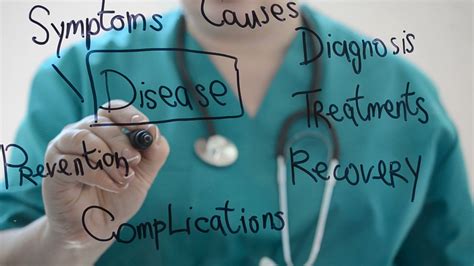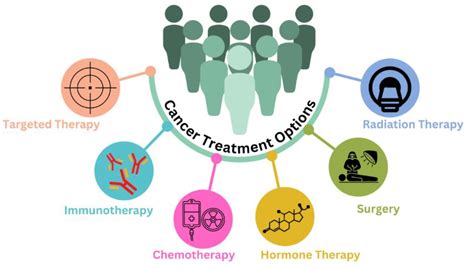Intro
Heal shoulder slap tears with 5 effective methods, including physical therapy, pain management, and surgical repair, to alleviate shoulder pain and restore mobility, addressing related shoulder injuries and rotator cuff tears.
The shoulder is one of the most mobile joints in the human body, allowing for a wide range of movements in three dimensions. However, this high degree of mobility comes at a cost, making the shoulder more susceptible to injuries, including shoulder slap tears. A shoulder slap tear, also known as a superior labrum anterior-posterior (SLAP) tear, is an injury to the labrum, the ring of cartilage that surrounds the socket of the shoulder joint. This type of injury can cause significant pain and discomfort, limiting the ability to perform everyday activities. Understanding the causes, symptoms, and treatment options for shoulder slap tears is essential for effective management and recovery.
Shoulder slap tears can occur due to a variety of reasons, including acute trauma, repetitive strain, or degenerative changes. Acute trauma, such as a fall onto an outstretched hand or a direct blow to the shoulder, can cause a sudden onset of pain and symptoms. On the other hand, repetitive strain from activities like throwing or lifting can lead to wear and tear on the labrum over time, eventually resulting in a tear. Degenerative changes, which are more common in older individuals, can also contribute to the development of a SLAP tear. Regardless of the cause, prompt recognition and treatment of shoulder slap tears are crucial to prevent further complications and promote healing.
The symptoms of a shoulder slap tear can vary depending on the severity and location of the injury. Common symptoms include pain, especially with movements that involve lifting the arm overhead or across the body, decreased range of motion, and a feeling of instability or catching in the shoulder joint. Some individuals may also experience numbness or tingling sensations in the arm or hand, although these symptoms are less common. A thorough medical evaluation, including a physical examination and imaging studies such as an MRI, is necessary to confirm the diagnosis and rule out other potential causes of shoulder pain.
Understanding Shoulder Slap Tears

Causes and Risk Factors

Symptoms and Diagnosis

Treatment Options

5 Ways to Heal Shoulder Slap Tears

-
Physical Therapy: A well-structured physical therapy program is essential for healing a SLAP tear. A physical therapist can design a personalized exercise program to improve shoulder strength, flexibility, and range of motion. Exercises may include shoulder rotations, scapular stabilization, and proprioceptive training to enhance overall shoulder function.
-
Pain Management: Effective pain management is critical for allowing the injured tissues to heal. This may involve the use of anti-inflammatory medications, ice or heat therapy, or other modalities to reduce pain and inflammation. In some cases, injections with corticosteroids or platelet-rich plasma (PRP) may be considered to promote healing and reduce inflammation.
-
Activity Modification: Avoiding activities that aggravate the condition is essential for allowing the SLAP tear to heal. This may involve modifying or avoiding overhead movements, lifting, or throwing activities for a period. Gradually progressing back to normal activities under the guidance of a healthcare provider or physical therapist can help prevent re-injury.
-
Surgical Repair: For more severe SLAP tears or those that fail to respond to conservative treatment, surgical repair may be necessary. Arthroscopic surgery allows for minimally invasive repair of the labrum, which can help restore normal anatomy and function to the shoulder joint. Postoperative rehabilitation is critical for achieving optimal outcomes and preventing complications.
-
Lifestyle Changes: Making lifestyle changes, such as maintaining a healthy weight, engaging in regular exercise, and practicing good posture, can help reduce the risk of developing shoulder problems, including SLAP tears. Additionally, incorporating stress-reducing techniques, such as meditation or yoga, can help manage stress and promote overall well-being.
Additional Considerations
In addition to these strategies, several other factors can influence the healing process of a shoulder slap tear. Adequate nutrition, sufficient sleep, and stress management are all important for promoting tissue repair and overall health. Furthermore, addressing any underlying biomechanical issues, such as scapular dyskinesis or rotator cuff weakness, can help prevent re-injury and promote long-term shoulder health.Prevention Strategies

Conclusion and Future Directions

What are the common symptoms of a shoulder slap tear?
+The common symptoms of a shoulder slap tear include pain, especially with movements that involve lifting the arm overhead or across the body, decreased range of motion, and a feeling of instability or catching in the shoulder joint.
How is a shoulder slap tear diagnosed?
+A shoulder slap tear is typically diagnosed through a combination of clinical evaluation and diagnostic imaging, including X-rays, MRI, or CT scans.
What are the treatment options for a shoulder slap tear?
+The treatment options for a shoulder slap tear depend on the severity of the injury and may include conservative management, such as physical therapy and pain management, or surgical repair.
We hope this article has provided you with valuable insights into the causes, symptoms, and treatment options for shoulder slap tears. If you have any further questions or would like to share your experiences with SLAP tears, please do not hesitate to comment below. Additionally, if you found this article helpful, please consider sharing it with others who may benefit from this information.
